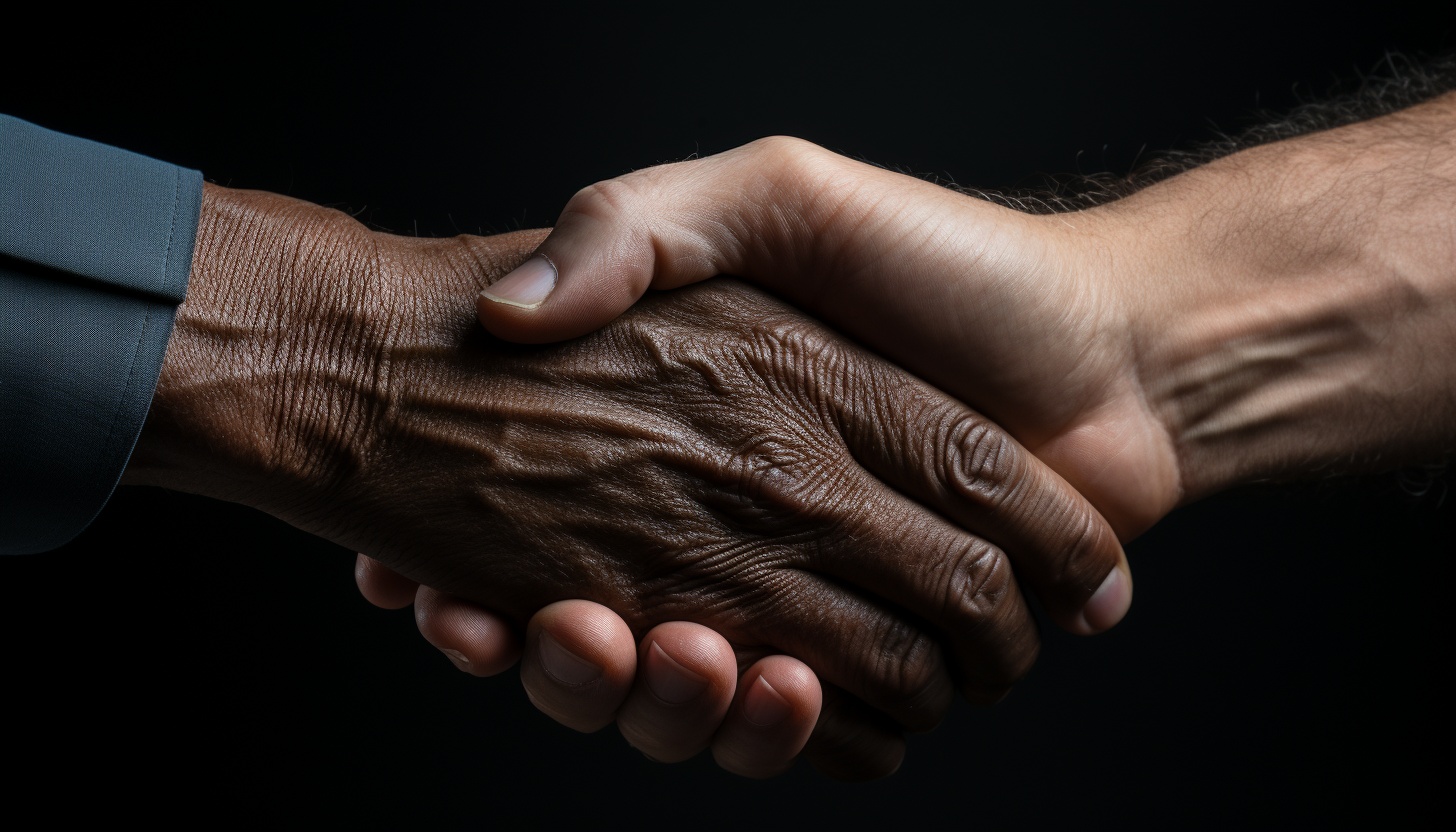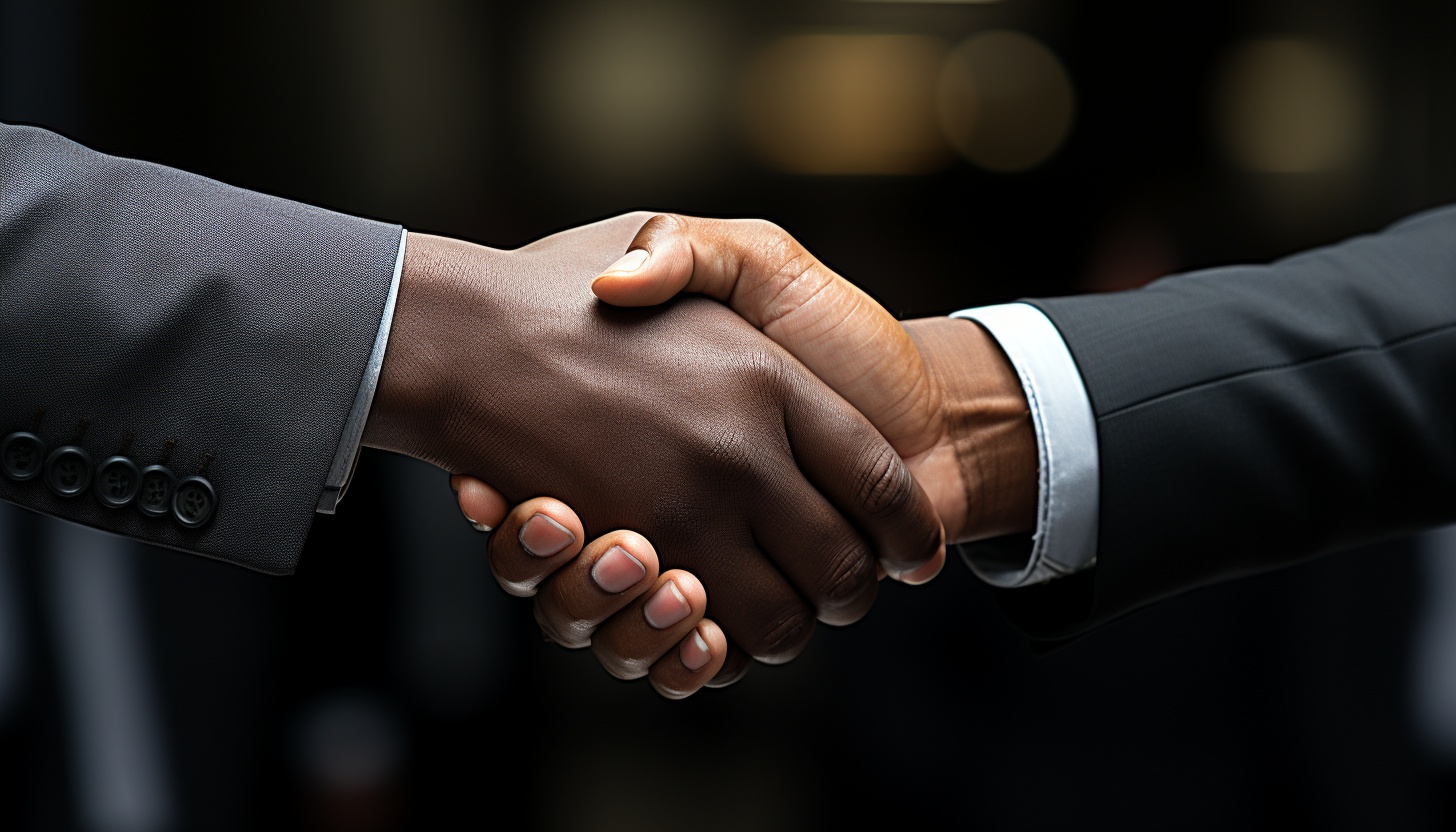
Non-Verbal Communication: Understanding the Hidden Messages
Do you ever feel like there’s more to a conversation than just words? Well, you’re onto something! In this article, we’ll delve into the intriguing world of non-verbal communication and uncover the hidden messages that lie beneath.
From deciphering facial expressions to deciphering body language, we’ll explore how these subtle cues can speak volumes.
So, get ready to sharpen your observation skills and enhance your understanding of the unspoken language that surrounds us.
The Importance of Non-Verbal Communication

In understanding the hidden messages of non-verbal communication, it’s crucial to recognize the importance of this form of expression in your daily interactions. Non-verbal communication refers to the transmission of messages without the use of words. It includes facial expressions, body language, gestures, tone of voice, and even silence. While verbal communication focuses on the content of what’s being said, non-verbal communication provides additional cues that can greatly impact how your message is received and understood.
Research has shown that non-verbal communication makes up a significant portion of our overall communication. In fact, studies suggest that non-verbal cues can account for up to 93% of the total message. This highlights the importance of paying attention not only to what you say, but also to how you say it.
By understanding non-verbal cues, you can better navigate social situations, enhance your interpersonal relationships, and improve your overall communication skills. Non-verbal communication can help you convey empathy, establish trust, and create a positive impression. It can also help you interpret the emotions, intentions, and attitudes of others, allowing for more effective and meaningful interactions.
Types of Non-Verbal Communication

To further understand the hidden messages of non-verbal communication, it’s important to explore the various types of non-verbal cues that play a crucial role in our daily interactions.
* Facial expressions: The human face is capable of expressing a wide range of emotions, from happiness and surprise to sadness and anger. Paying attention to someone’s facial expressions can provide valuable insights into their true feelings and intentions.
* Body language: The way we move our bodies can convey a wealth of information. Posture, gestures, and even the distance we maintain from others can all communicate different messages. For example, crossing your arms might indicate defensiveness or resistance, while leaning in towards someone can show interest and engagement.
* Eye contact: The eyes are often referred to as the windows to the soul, and for good reason. Making eye contact with someone can establish trust, demonstrate attentiveness, and convey sincerity. Avoiding eye contact, on the other hand, can signal discomfort, dishonesty, or disinterest.
Understanding Facial Expressions and Microexpressions

To gain a deeper understanding of non-verbal communication, it is essential to recognize the significance of facial expressions and microexpressions in conveying hidden messages. Facial expressions are a powerful form of non-verbal communication that can reveal a person’s emotions, intentions, and thoughts. Microexpressions, on the other hand, are fleeting facial expressions that occur within a fraction of a second and can provide insight into a person’s true feelings, even when they are trying to conceal them.
| Facial Expressions | Meaning | Example |
|---|---|---|
| Smiling | Happiness, friendliness | A genuine smile brightens the eyes and lifts the corners of the mouth. |
| Frowning | Displeasure, confusion | A furrowed brow and downturned lips indicate unhappiness or confusion. |
| Raised eyebrows | Surprise, disbelief | Raised eyebrows and widened eyes show surprise or disbelief. |
| Tightened jaw | Anger, tension | A clenched jaw and tightened facial muscles reflect anger or tension. |
Understanding these facial expressions and microexpressions can help you interpret the hidden messages in a conversation. By paying attention to the subtle cues in someone’s face, you can gain insight into their true emotions and intentions. However, it is important to remember that facial expressions can vary across cultures, so it is crucial to consider cultural context when interpreting non-verbal cues. By honing your ability to read facial expressions and microexpressions, you can become more attuned to the underlying messages being communicated, leading to more effective and meaningful interactions.
Decoding Body Language and Gestures

Now let’s delve into how you can decipher the hidden messages by understanding and interpreting body language and gestures.
– Pay attention to hand gestures: Hand movements can convey various meanings. For example, clenched fists might indicate anger or frustration, while open palms can signal honesty and trustworthiness.
– Observe posture and body position: The way someone holds their body can reveal their level of confidence, interest, or discomfort. Leaning in towards someone indicates engagement, while crossed arms might suggest defensiveness or disagreement.
– Analyze facial expressions: Facial cues can provide valuable insights into a person’s emotions. Raised eyebrows could indicate surprise or disbelief, while a frown might indicate sadness or disapproval.
Using Non-Verbal Communication to Build Connection

As you continue to explore the nuances of non-verbal communication and how it can be deciphered, take a closer look at how it can be utilized to establish meaningful connections with others. Non-verbal cues play a crucial role in building connections as they provide additional layers of information beyond words. By being aware of and effectively using non-verbal communication, you can enhance your ability to connect with others on a deeper level.
One way to use non-verbal communication to build connections is through active listening. By maintaining eye contact, nodding in agreement, and using facial expressions that show understanding and empathy, you let the other person know that you’re fully present and engaged in the conversation. This helps create a sense of trust and connection.
Another powerful non-verbal cue is touch. Touch can be used to convey warmth, support, and comfort. However, it’s important to be mindful of personal boundaries and cultural norms when using touch to build connections.
Additionally, the use of body language, such as open posture and leaning in towards the other person, can signal your interest and attentiveness. Mirroring the other person’s body language can also help establish rapport and connection.
Conclusion
In conclusion, understanding non-verbal communication is crucial for building connections and interpreting hidden messages. By decoding facial expressions and body language, we can gain valuable insights into others’ thoughts and feelings.
Utilizing non-verbal cues effectively allows us to establish rapport and create meaningful connections with others.
So, next time you engage in conversation, remember to pay attention to the unspoken language that can speak volumes.






